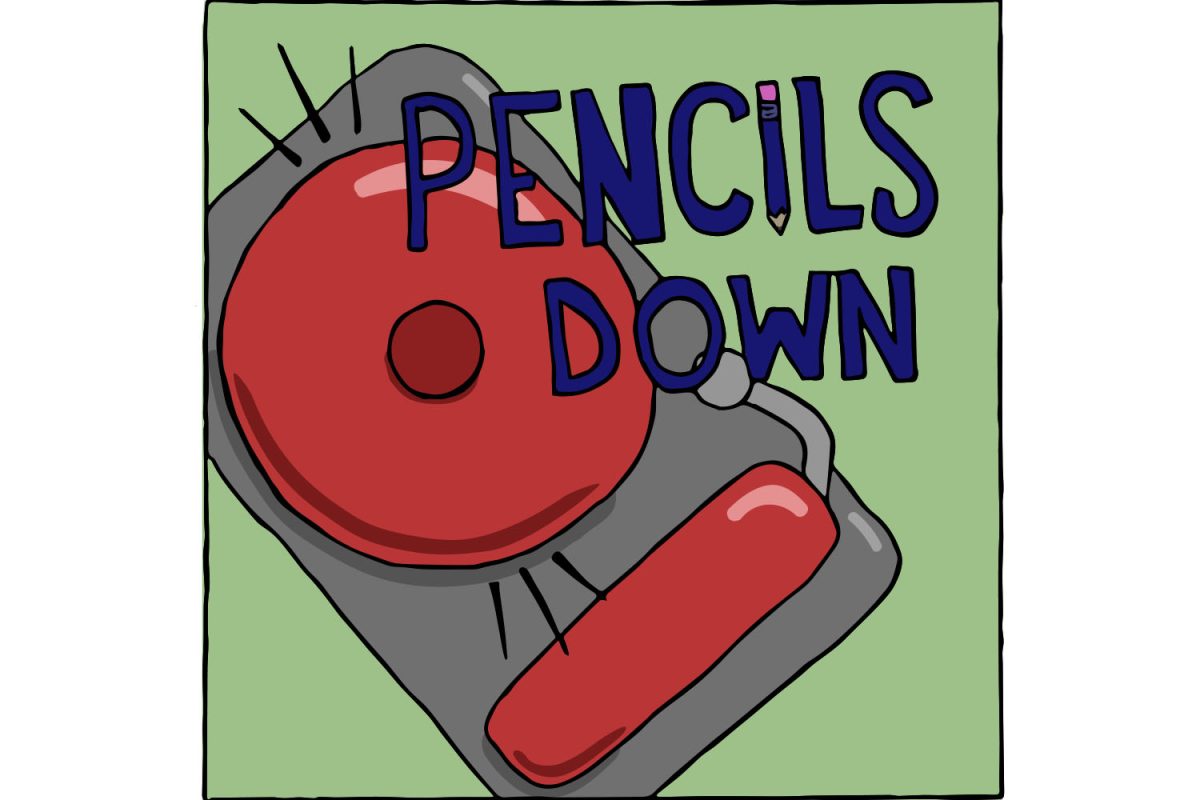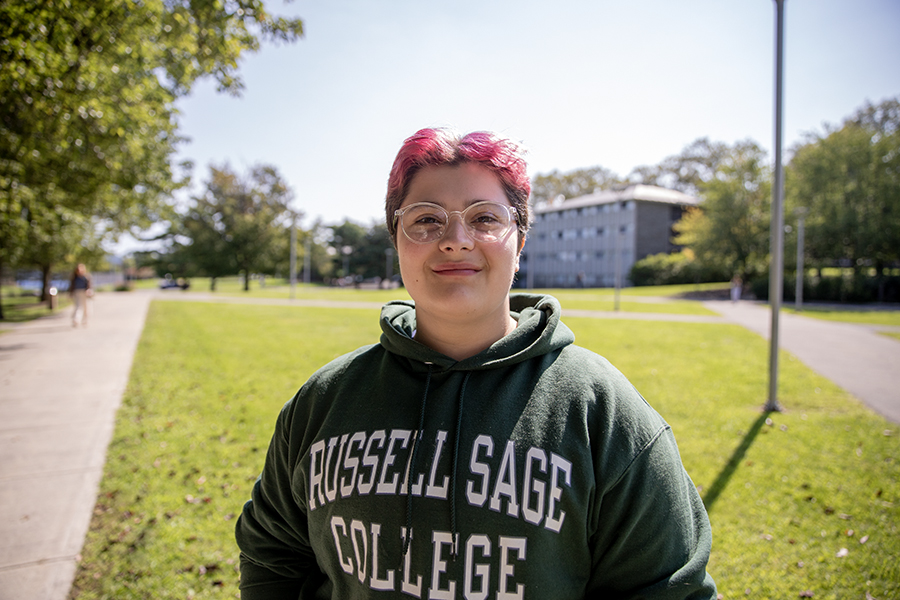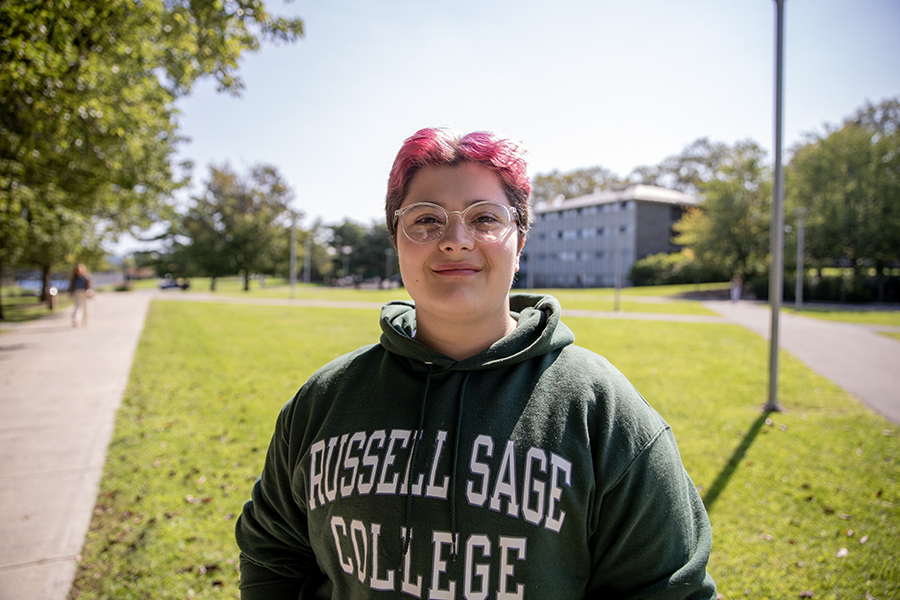For decades, a major area of dispute in collegiate athletics has been Title IX, a measure that ensures there is no discrimination, based on gender or otherwise, for college programs, including athletics.
But another group of student-athletes besides women has been pushed to the side and not included with varsity student-athletes until very recently: student-athletes with disabilities.
On Jan. 15, the Eastern Collegiate Athletic Conference became the first NCAA-sanctioned conference to approve student-athletes with disabilities competing as varsity athletes. Although sports such as wheelchair basketball and sitting volleyball already exist at institutions such as the University of Illinois, this is the first time athletes with disabilities can compete side-by-side with their fellow competitors.
According to the ECAC’s plan, new events will be added to sports like swimming, rowing and track and field to accommodate athletes with disabilities. But in the future, additional team sports such as sled hockey and goal ball will be considered league-sanctioned sports.
As well-intentioned this program is, it makes me wonder why it has taken so long for an NCAA-sanctioned conference to push these programs. Certainly, budgeting and balancing Title IX compliances play a factor for the institutions.
However, the proposed sports that would be initially affected are individually based sports that can expand their rosters if necessary. If these events are added, it’s in a team’s best interest to recruit and train athletes for these events. Plus these championship events are funded, in part, by the conferences and in this case the ECAC.
Though the college doesn’t have any current student-athletes who are affected by the policy during this academic year, it can certainly act as a boost for prospective student-athletes looking to get involved in college sports. As a member of the men’s track and field team, I think this is a great expansion of the sport at the college level. We’ve seen equal opportunities provided even at the Olympics — the highest level of international competition.
Every Olympic year, the Paralympic Games are held the week after the Olympic Games in order to include more athletes from around the world. Australian Neroli Fairhall became the first paraplegic athlete to participate in the Olympics when he competed in the archery events in the 1984 Los Angeles Summer Games.
The argument of whether there was an advantage for paralympic runners was dismissed after South African sprinter Oscar Pistorius won a legal battle and made history by becoming the first amputee to win an able-bodied world track medal. Even though he was recently convicted of homicide, Pistorius paved the way for paralympic athletes to compete with able-bodied athletes at the highest levels.
Although the ECAC only stipulated that these events were likely to be implemented for championship competition, this is an opportunity for Ithaca College to grab the torch and lead the way for disabled athletes to compete. While the college can’t offer athletic scholarships, promoting these activities to potential participants is a way to show inclusion and stand by the mission statement set forth by its Student-Athlete Advisory Council, which states that its goal is “to increase involvement in varsity athletics at Ithaca College.”
If the idea is to get more people involved, then the ECAC has essentially given the college and its fellow schools the green light to encourage more to compete. Every student is told they are always representing the college and that they’re always “wearing the uniform” in one way or another. The way I see it, there’s plenty of room to add to this family that is intercollegiate athletics, and there are plenty of uniforms to go around.




